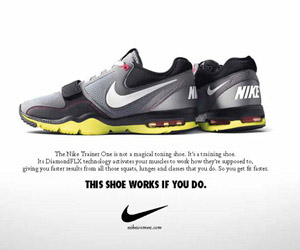At the heart of the Internet are computers programmed to break up information into packets* which are then sent through a series of intermediate host computers. At the final destination, they are automatically reassembled.
For the assembly to happen, computers must use the same protocols -- sets of agreed-upon conventions that allow computers with different operating systems to pass data back and forth. Without a common protocol, a Macintosh in Encino could not communicate with a PC in Helsinki. Protocols mean that, for the Internet user, data communication is automatic.
The original developers of the Internet set up the first protocol, called appropriately enough, Internet Protocol (IP). Since then, new protocols have been devised to make some tasks easier. For example, the File Transfer Protocol* (FTP) lets you move simple information from a central server to your own computer. It also allows you to move information and graphics from your own computer to a server so you can set up your own World Wide Web site.
Simple Mail Transfer Protocol (SMTP)* moves e-mail around the Internet.
For example, the header on this e-mail message:
From This email address is being protected from spambots. You need JavaScript enabled to view it. Tue Jan 23 17:06:09 1999
Return-Path: This email address is being protected from spambots. You need JavaScript enabled to view it.
Received: from vms.dc.lsoft.com (vms.dc.lsoft.com [205.186.43.2])
by mizar.usc.edu (8.7.2/8.7.2/usc) with ESMTP
id RAA11354; Tue, 23 Jan 1996 17:06:08 -0800 (PST)
Message-Id: <This email address is being protected from spambots. You need JavaScript enabled to view it.;
Received: from PEACH.EASE.LSOFT.COM (205.186.43.4)
by vms.dc.lsoft.com (LSMTP for OpenVMS v1.0a) with
SMTP id 8316518C ;
Tue, 23 Jan 1996 20:04:48 -0500
Date: Tue, 23 Jan 1996 20:01:31 EST
shows you the SMTP id number assigned to the message and the paths it went through to go from the University of Louisville to the University of Southern California.
If you're looking for direct access to the Internet from a modem, you'll usually need either Point-to-Point Protocol (PPP)* or Serial Line Internet Protocol* (SLIP). PPP and SLIP are similar, but PPP is commonly offered by Internet providers.
Windows 95, Windows 98 and Windows NT now use dial-up networking. It's much easier to configure than other winsock programs.
Many servers on the Internet automatically update information by sending data from one computer to another at regular intervals. This is becoming even more prevalent as live webcams, cameras that transmit over the Internet, become more popular. For example, you can see what's going on at The Magic Kingdom without leaving your house.

